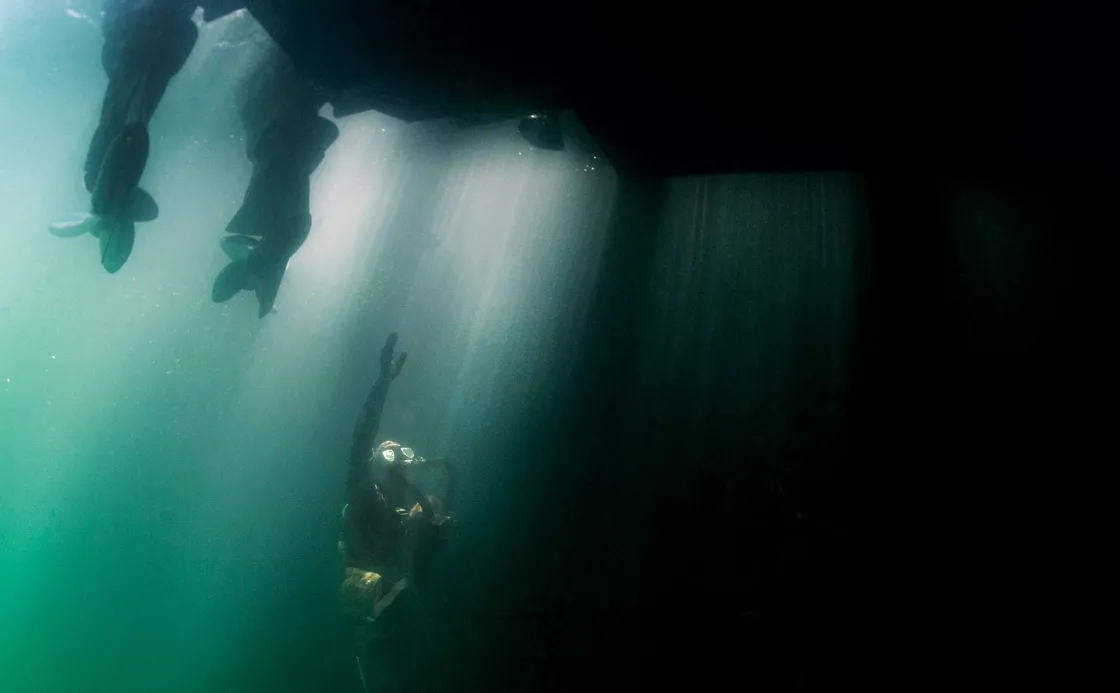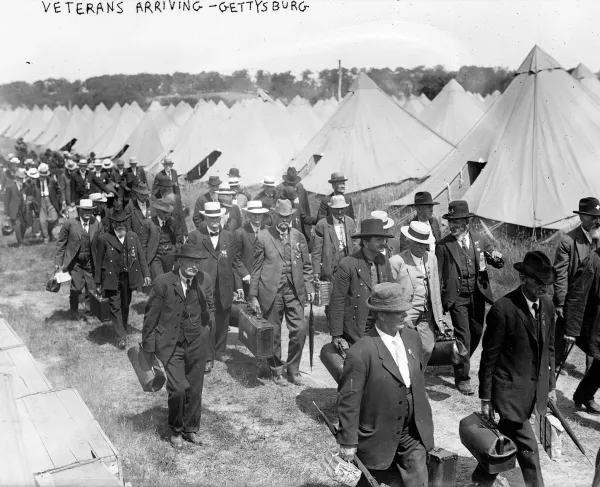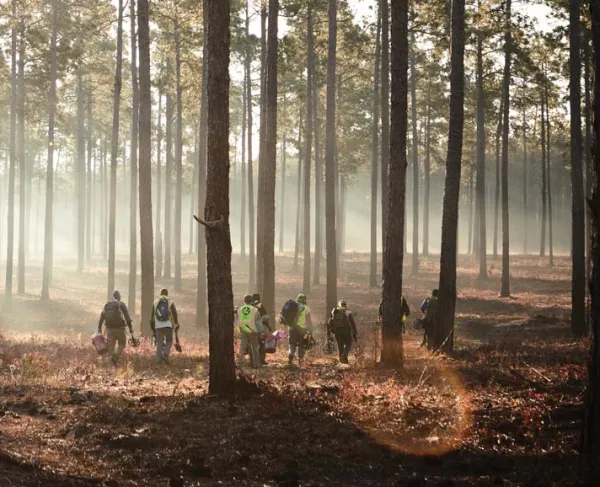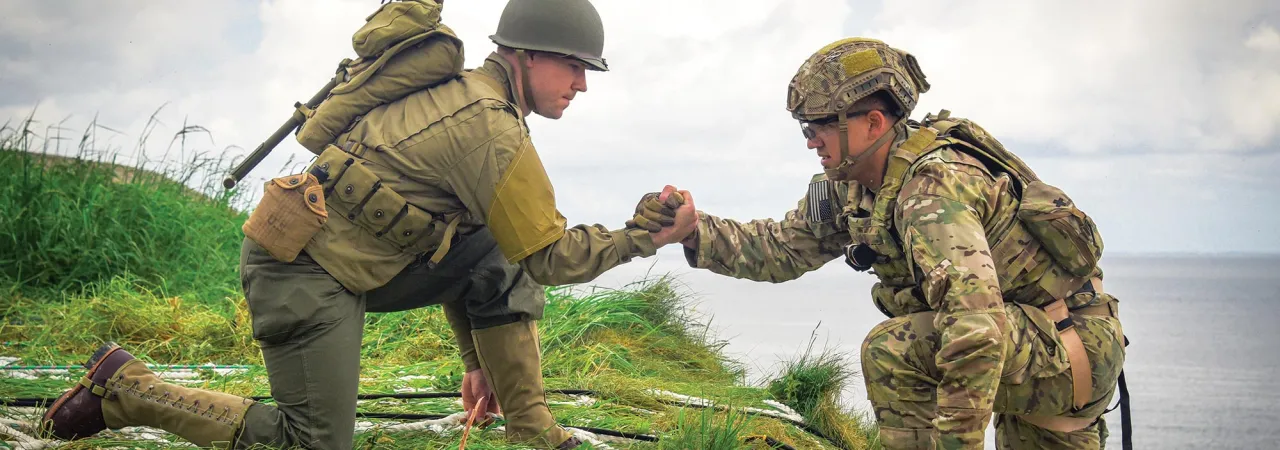
During the D-Day invasion of Normandy in June 1944, Rangers were assigned to capture Point du Hoc, a strategic outcropping that separated Omaha and Utah Beaches. Due to its overhanging cliffs —some 100 feet high — this point was among the most dangerous German emplacements on the Norman coast. To take the position, the Rangers had to scale the sheer cliffs, a feat re-created on the battle’s 75th anniversary, as modern Rangers were greeted at the top by comrades in period uniform, while veterans of the engagement looked on.
The scope of a military special operation has changed across time, but certain elements remain constant. The North Atlantic Treaty Organization (NATO) defines the term as those activities undertaken by “specially designated, organized, selected, trained, and equipped forces using unconventional techniques and modes of employment” — notably those emphasizing sufficiency, stealth, speed and tactical coordination by small, highly trained teams.
So just who is involved in reconnaissance, unconventional warfare and counterterrorism efforts within the U.S. military? Probably far more distinct units and joint forces than you expect! The Special Operations Forces (SOF) umbrella includes numerous units representing the Air Force, Army, Navy and Marines, all falling under the Department of Defense’s United States Special Operations Command (USSOCOM). However, the name “Special Forces” is reserved for certain units within the U.S. Army, commonly referred to as Green Berets after the distinctive headwear worn by these units.
Although many of the elite units that are today grouped under the heading of United States Special Operations Forces were created in the 20th century, the philosophy behind such military efforts goes back much farther. Truly, these units have a proud and rich heritage, a spirit of endurance and adaptability that stretches across centuries.
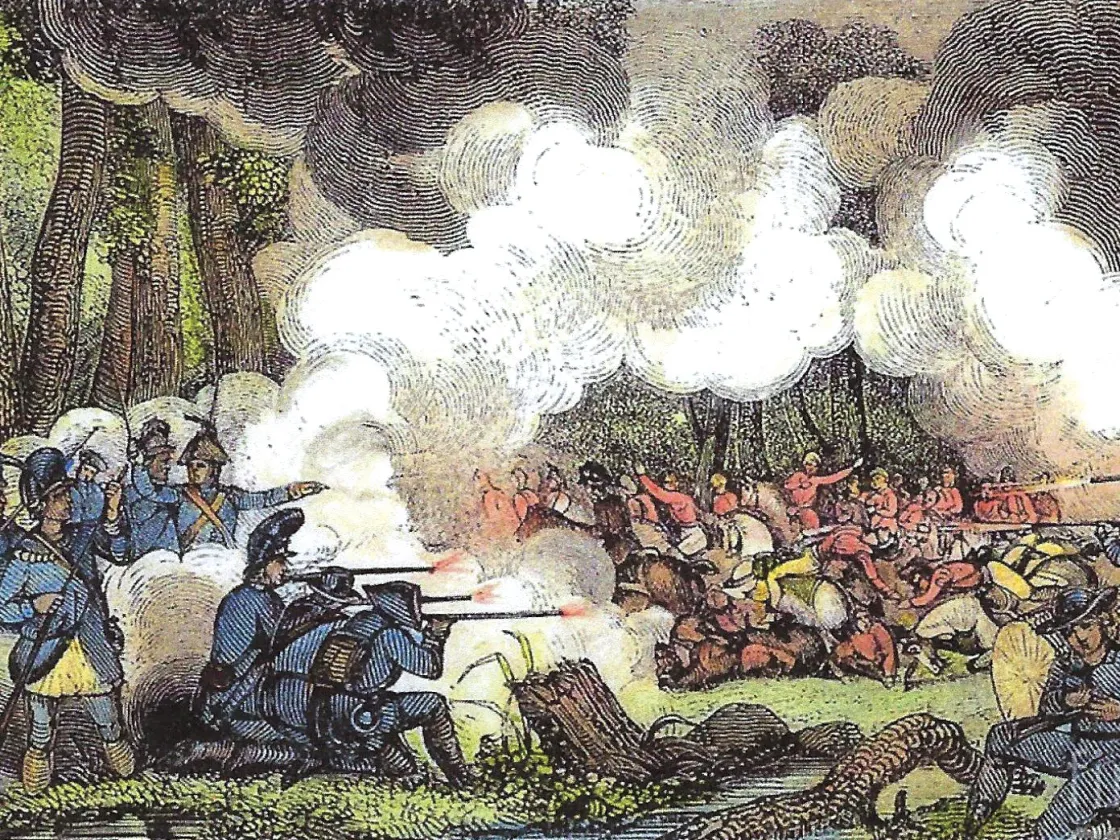
The U.S. Army Rangers explicitly state that their direct heritage begins in the French and Indian War (1754–1763, the North American Theater of the worldwide Seven Years’ War), while noting that some of their tactics emerged as early as King Philip’s War on the colonial New England frontier in the 1670s. The Army’s Special Forces Creed, which notes that its adherents “serve with the memory of those who have gone before me,” has included, in earlier iterations, explicit reference to Francis Marion, South Carolina’s famed “Swamp Fox” of the Revolutionary War, as well as later individuals and groups that predate the modern military era and organization. In the War of 1812 and throughout the first half of the 19th century, Ranger companies patrolled the western frontier by boat and horseback, with future president Abraham Lincoln briefly serving in one such unit of Illinois militia.
While both combatants in the Civil War fielded ranger units, the United States Army did not maintain any such active units in the conflict’s aftermath and did not field any for nearly 80 years. During World War II, using British Commando standards, six Ranger infantry units were activated. The 1st, 3rd and 5th Ranger Battalions saw significant action in North Africa. The 6th Ranger Battalion liberated more than 500 American prisoners from the Japanese POW camp at Cabanatuan in January 1945. Their daring acts during the D-Day invasion of France included scaling the cliffs at Pointe Du Hoc, overlooking Omaha Beach, to destroy German gun emplacements trained on the beachhead. The 75th Ranger Regiment, Merrill’s Marauders, was first organized for the China-Burma Campaign in 1943, bearing the numerical designation born by today’s Rangers.
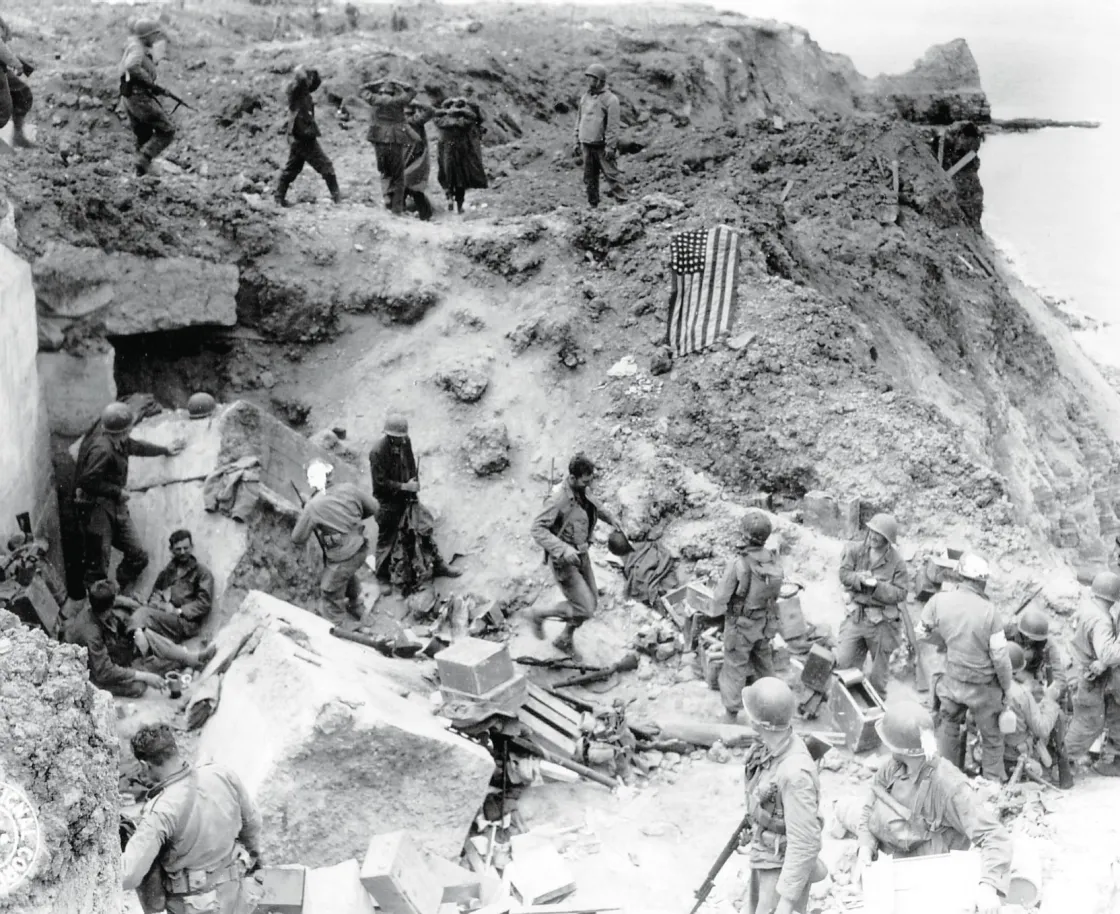
The units did not remain activated in peacetime, and 15 were organized to act as nomadic warriors in the Korean War, particularly during the winter of 1950 and spring of 1951. During the Vietnam War, the 75th Ranger Regiment was reorganized, resulting in 15 companies activated until August 1972. Permanent Ranger battalions were activated in 1974, and the ongoing 75th Ranger Regiment was designated in 1986. Causing some confusion, Ranger School is the Army’s premier leadership school, and attendance is open to the entire service, not only those serving in one of the Ranger Regiment’s five battalions.
Today’s Special Forces, or Green Berets, trace their official lineage to July 9, 1942, when the First Special Service Force (FSSF), a joint American-Canadian tactical unit was activated at Montana’s Fort William H. Harrison. Referencing similar philosophical roots as the rangers, the unit chose to include red arrowheads and crossed arrows of Indian Scout units in its it badges and symbols. During August 1943, two battalions of FSSF conducted Operation Cottage, an amphibious assault on the Aleutian Islands. FSSF units also led the Allied invasions of southern France and Italy, becoming the first troops into occupied Rome, before the unit disbanded in January 1945. Contemporaneously, in the Southwest Pacific Theater, the U.S. 6th Army Special Reconnaissance Unit was organized as the Alamo Scouts — another nod to the uniquely American roots of this type of effort.
During the latter stages of WWII and in its aftermath, Operation Groups of the Office of Strategic Services (OSS), predecessor of the Department of State's Bureau of Intelligence and Research and the Central Intelligence Agency, were instrumental in the creation of classified units that played a role in the Korean War. That conflict informed the formal creation of the 10th Special Forces Group in June 1952. Its first deployments were to Cold War Europe, an early instance of the unit living out its motto: De oppresso liber — “to free the oppressed.” Special Forces units and personnel were present during the Vietnam War, and the units gained popular attention in the era, through the hit song “Ballad of the Green Berets” and a John Wayne film The Green Berets.
The beret was worn unofficially (sometimes surreptitiously) for a decade during this time before President John F. Kennedy made it an official part of the uniform, stating it would be “a symbol of excellence, a badge of courage, a mark of distinction in the fight for freedom.” Recognizing Kennedy’s special relationship to the movement, the John F. Kennedy Special Warfare Center is named in his honor, as was the Army Special Operations Forces Museum prior to a redesignation last year. Although the size of Special Forces has fluctuated across time, today there are about 7,000 soldiers on the Green Beret muster rolls. Although the first woman qualified for the unit in 1981, there were no active female members until 2020.
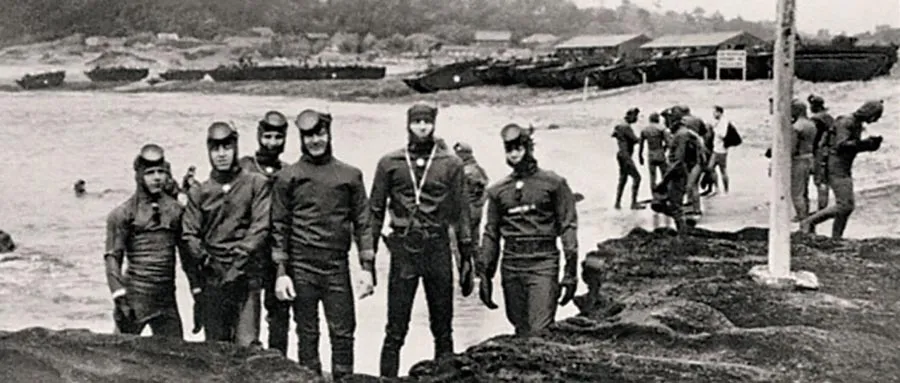

The most well-known Special Operations Force outside the U.S. Army are the U.S. Navy Sea, Air and Land Teams — the Navy SEALS. The story of this famous group begins nine months after the attack on Pearl Harbor, when the Observer Group, a joint Army-Navy-Marine reconnaissance unit, created an Amphibious Scout and Raider School to advance covert intelligence gathering for landing beaches and coastal defenses. Their first test was Operation Torch, the Allied invasion of French North Africa in November 1942; thereafter Scouts and Raiders also assisted in landings at Sicily, Salerno, Anzio, Normandy and southern France. Separately, Navy salvage personnel and Seabees (the common name for Navy construction battalions) were trained to become the first Navy Combat Demolition Units (NCDUs). By the spring of 1944, 34 NCDUs were in England preparing for Operation Overlord, the invasion of Normandy. At Omaha Beach, they suffered 52 percent casualties; less-heavily opposed on Utah Beach, the NCDUs cleared 1,600 yards of beach by nightfall.
In the Pacific Theater, Seabees received special training to blast through the coral reefs that hampered amphibious landings, becoming the first Underwater Demolition Units. These were eventually augmented with operational swimmers and combat divers trained by the OSS Maritime Unit to use swim fins, dive masks and closed-circuit diving equipment to infiltrate and sabotage.
Specialized Navy units remained after WWII, with the Korean War refining the use of water as concealment to infiltrate enemy positions and conduct demolitions of coastal bridges and fortifications. Then, in the same speech in which he dreamed to put a man on the moon, President Kennedy pledged $100 million to strengthen U.S. Special Operations Forces and expand American capabilities in unconventional warfare, something that had already been gaining traction.
The first two SEAL Teams — guerrilla and counter-guerrilla units able to operate on sea, land and air — were formed in January 1962, composed entirely of recruits from Underwater Demolition Units, although those bodies were not dissolved. The first SEAL missions were deploying from submarines to conduct clandestine beach reconnaissance in preparation for the Bay of Pigs invasion of Cuba. SEALS were also deployed to Vietnam and worked alongside the CIA on clandestine operations and subsequently played roles in the U.S. invasions of Grenada and Panama, the Iran-Iraq War, the Persian Gulf War, the Somalia intervention and the War on Terror in both Afghanistan and Iraq. High-profile missions, like the capture of Osama bin Laden and operations against Somali pirates, have significantly elevated public awareness of SEAL teams.
